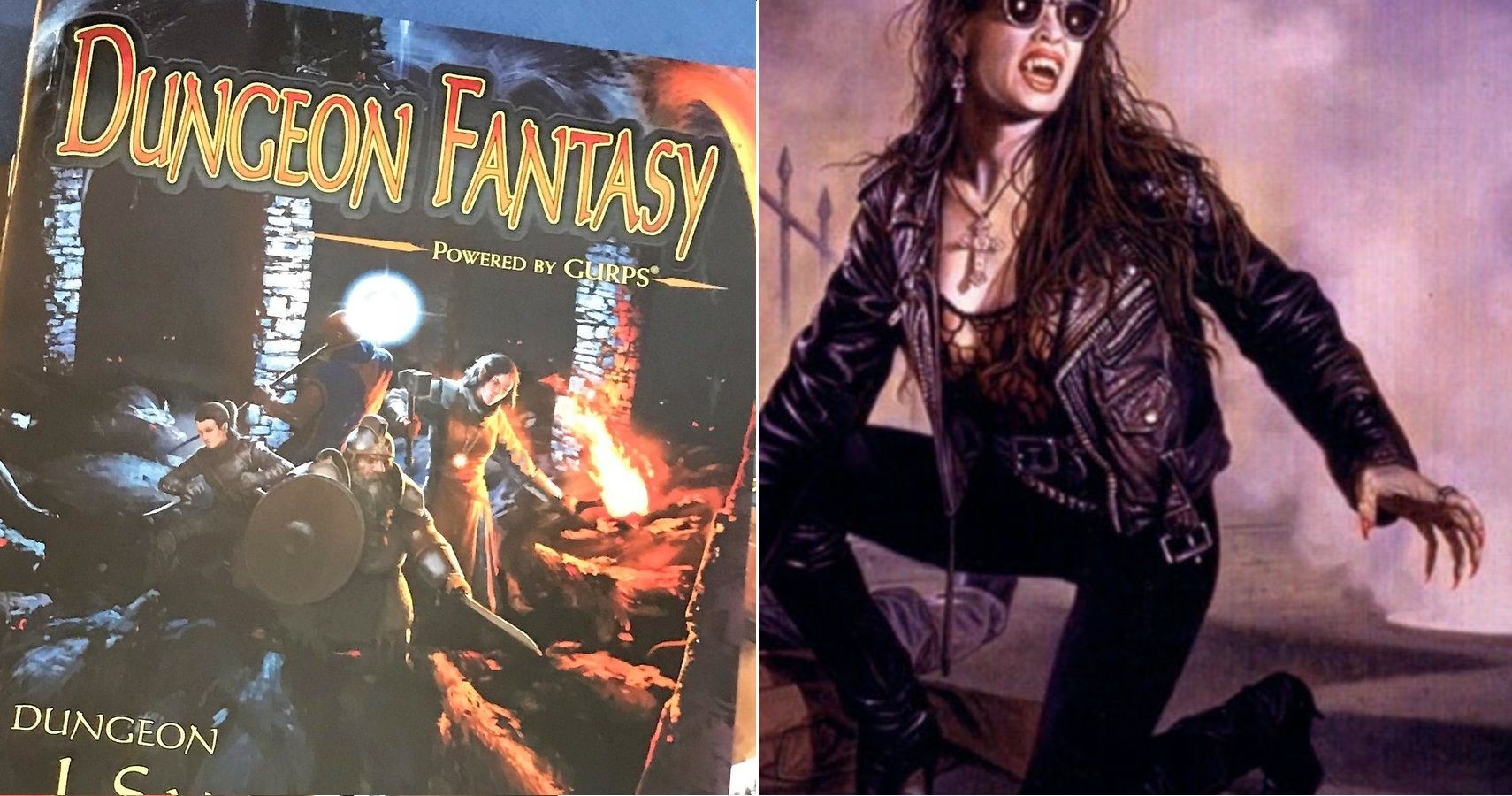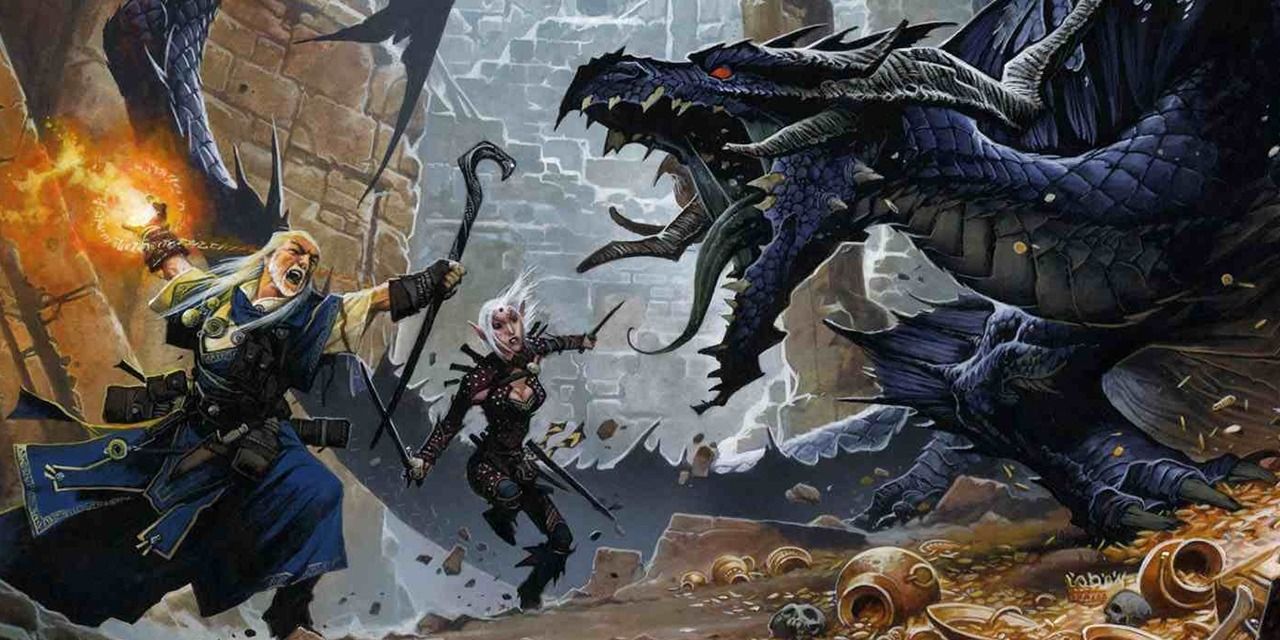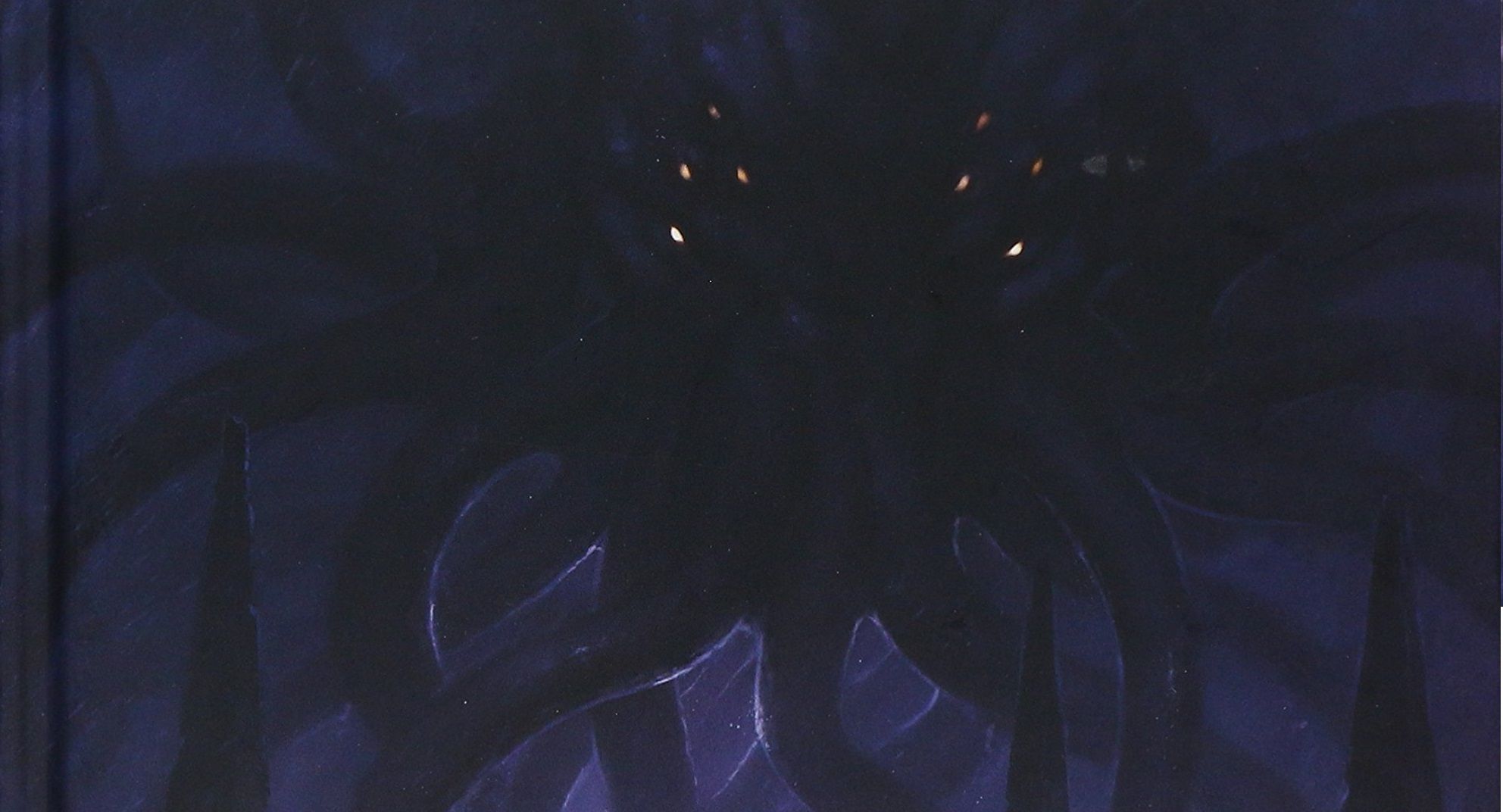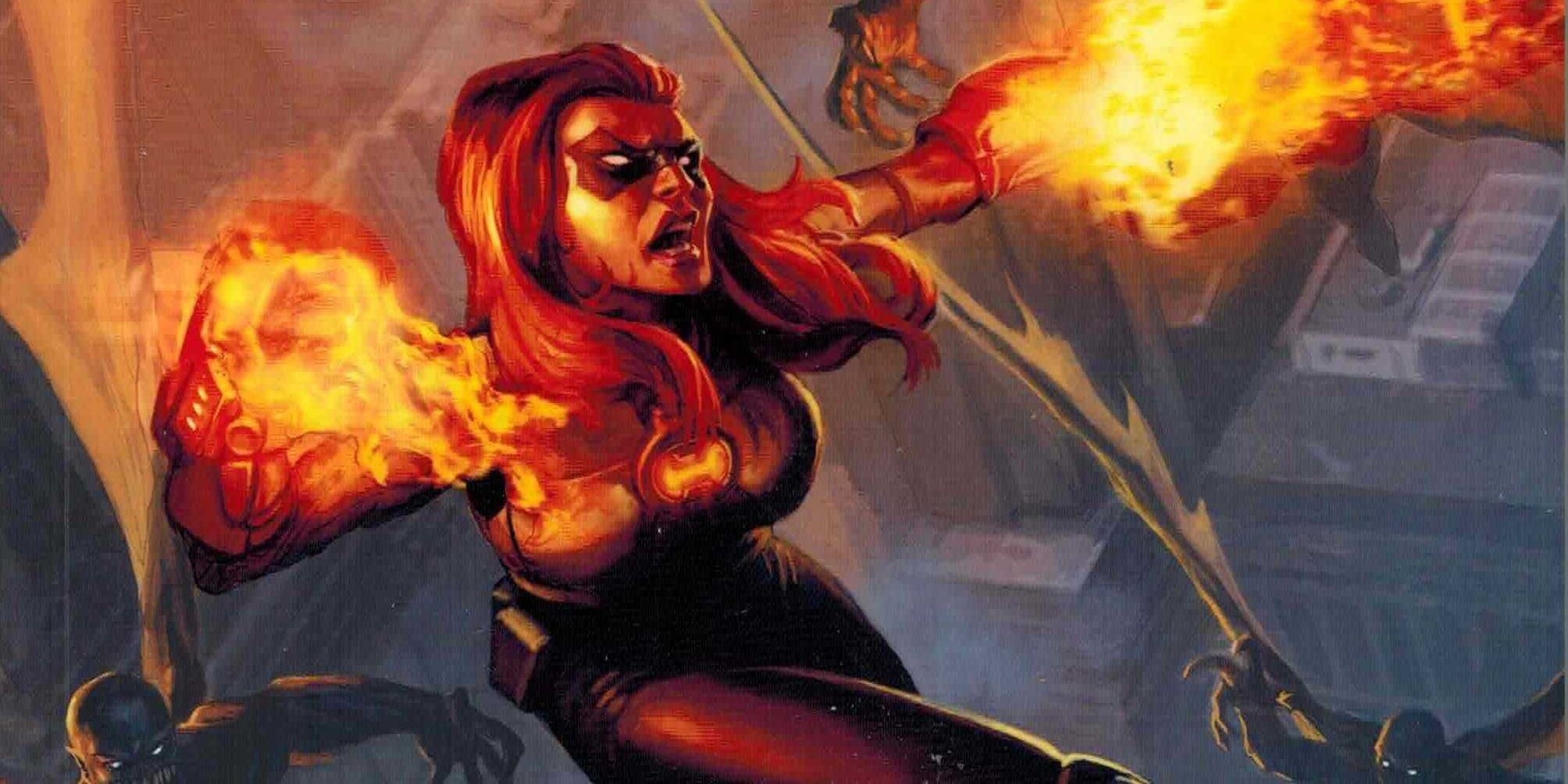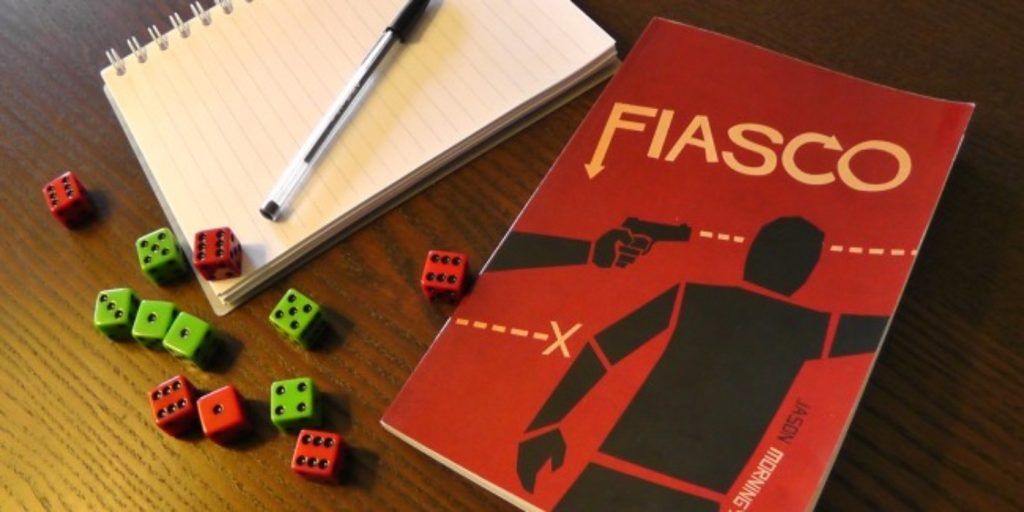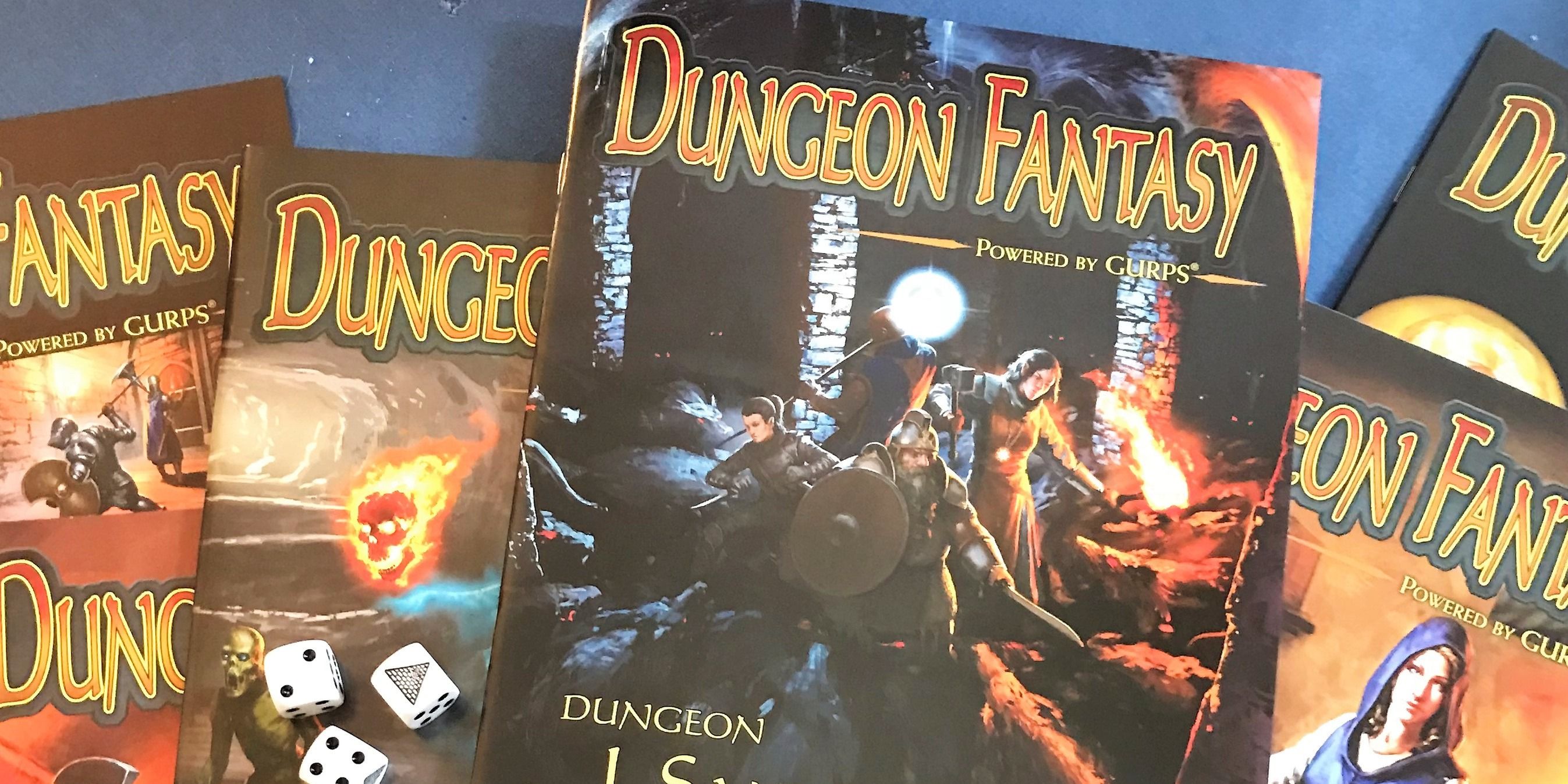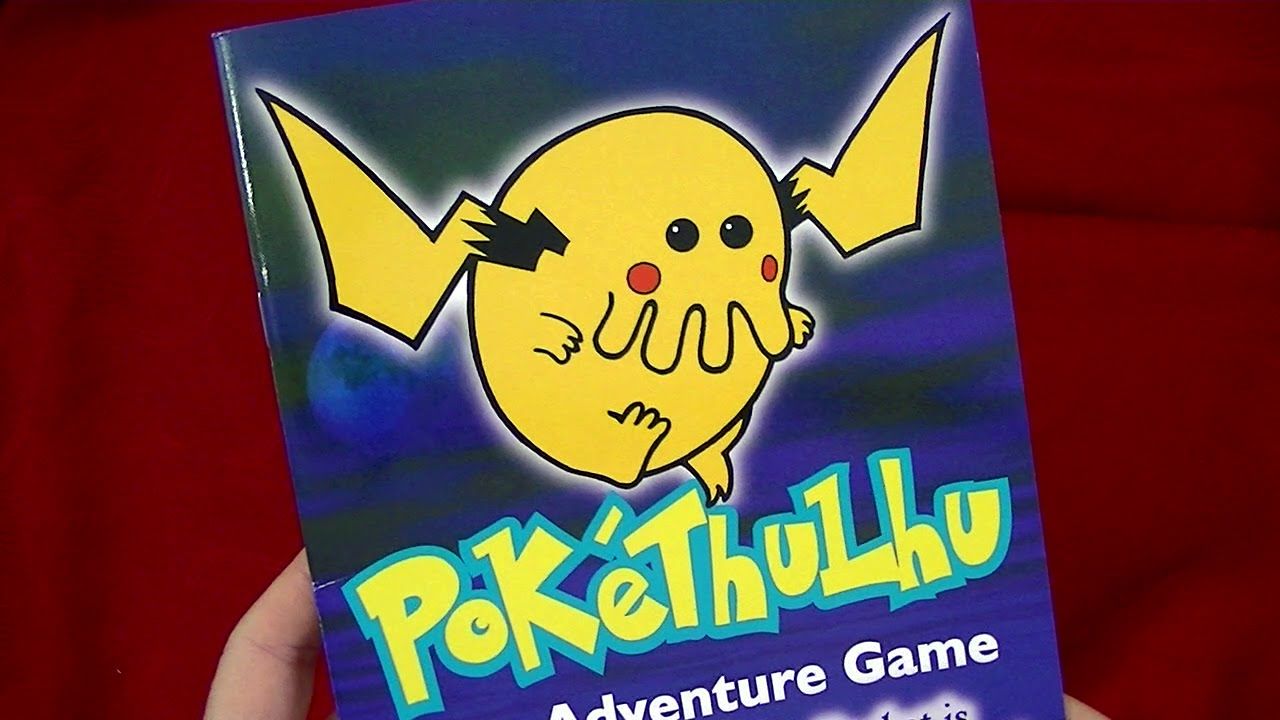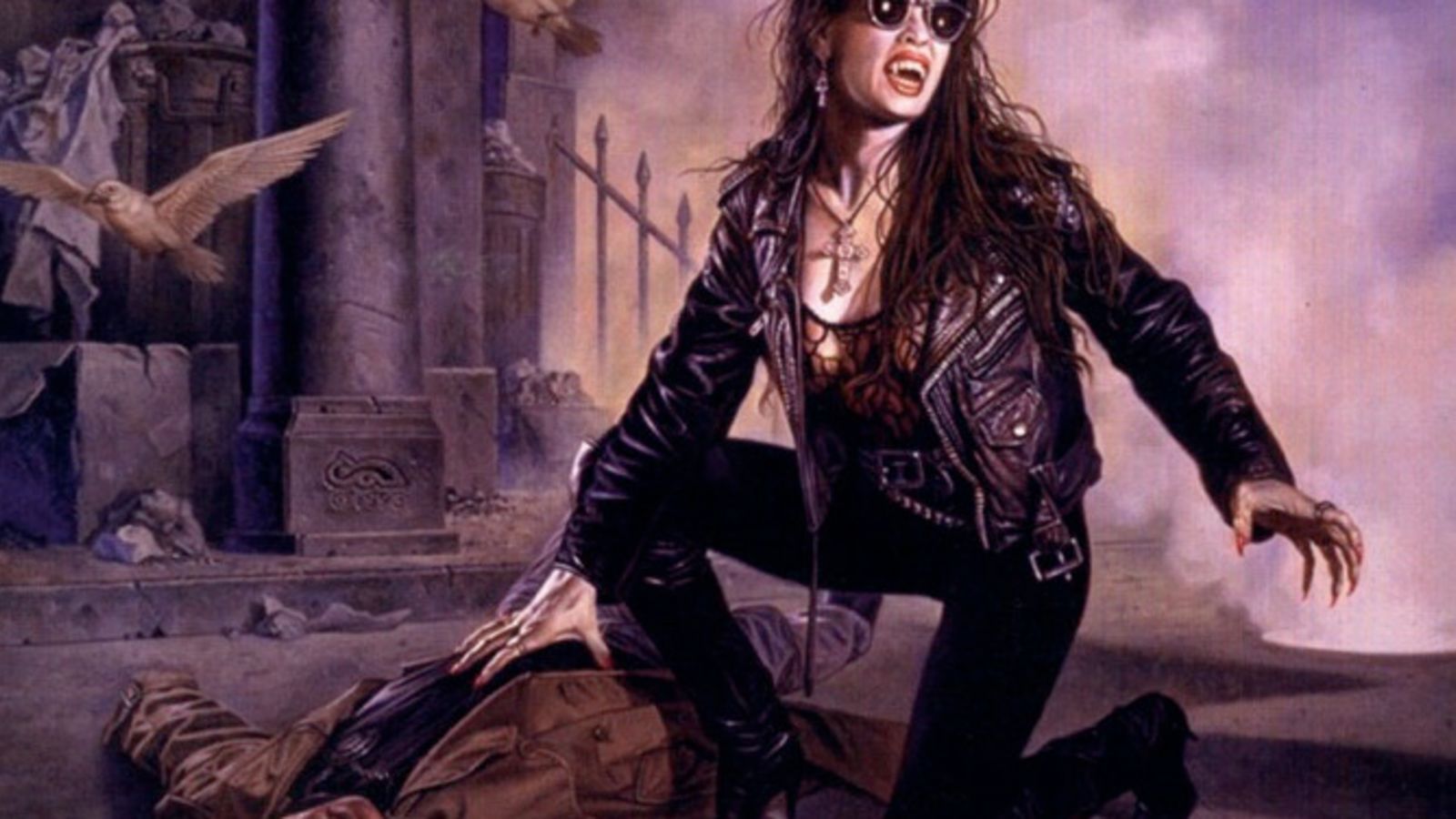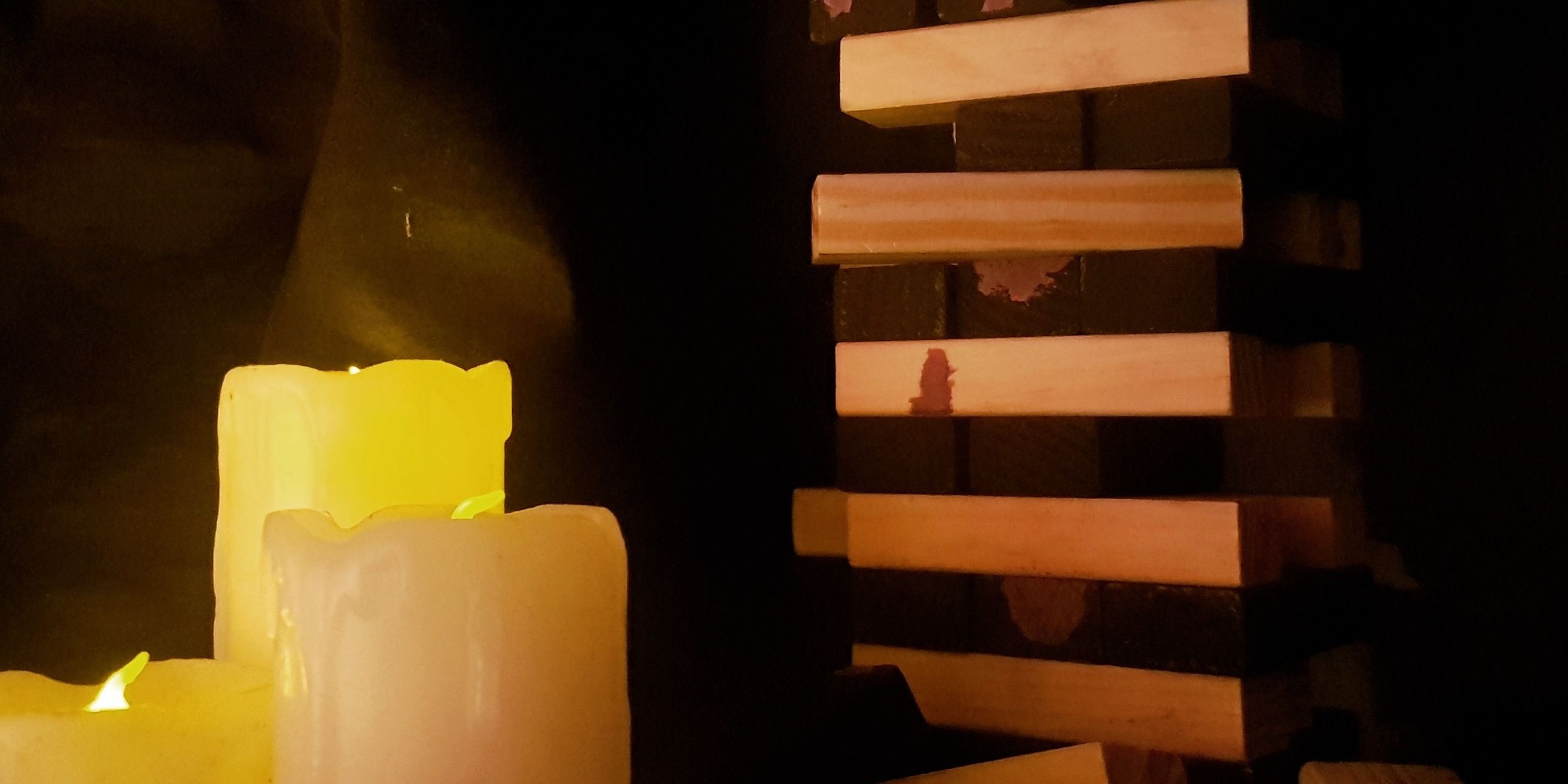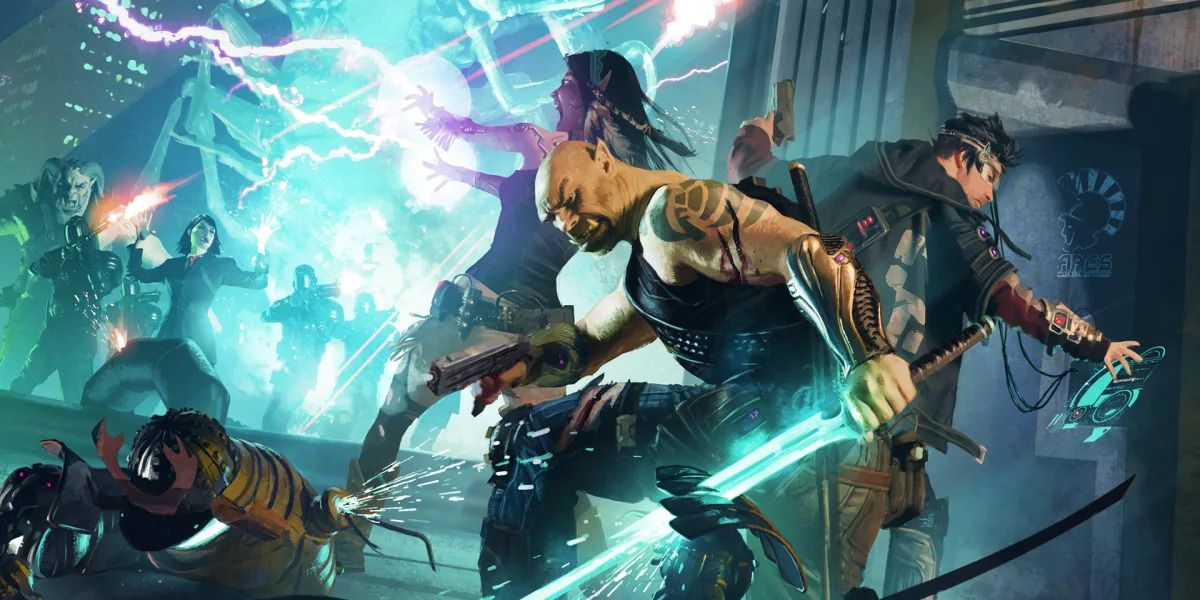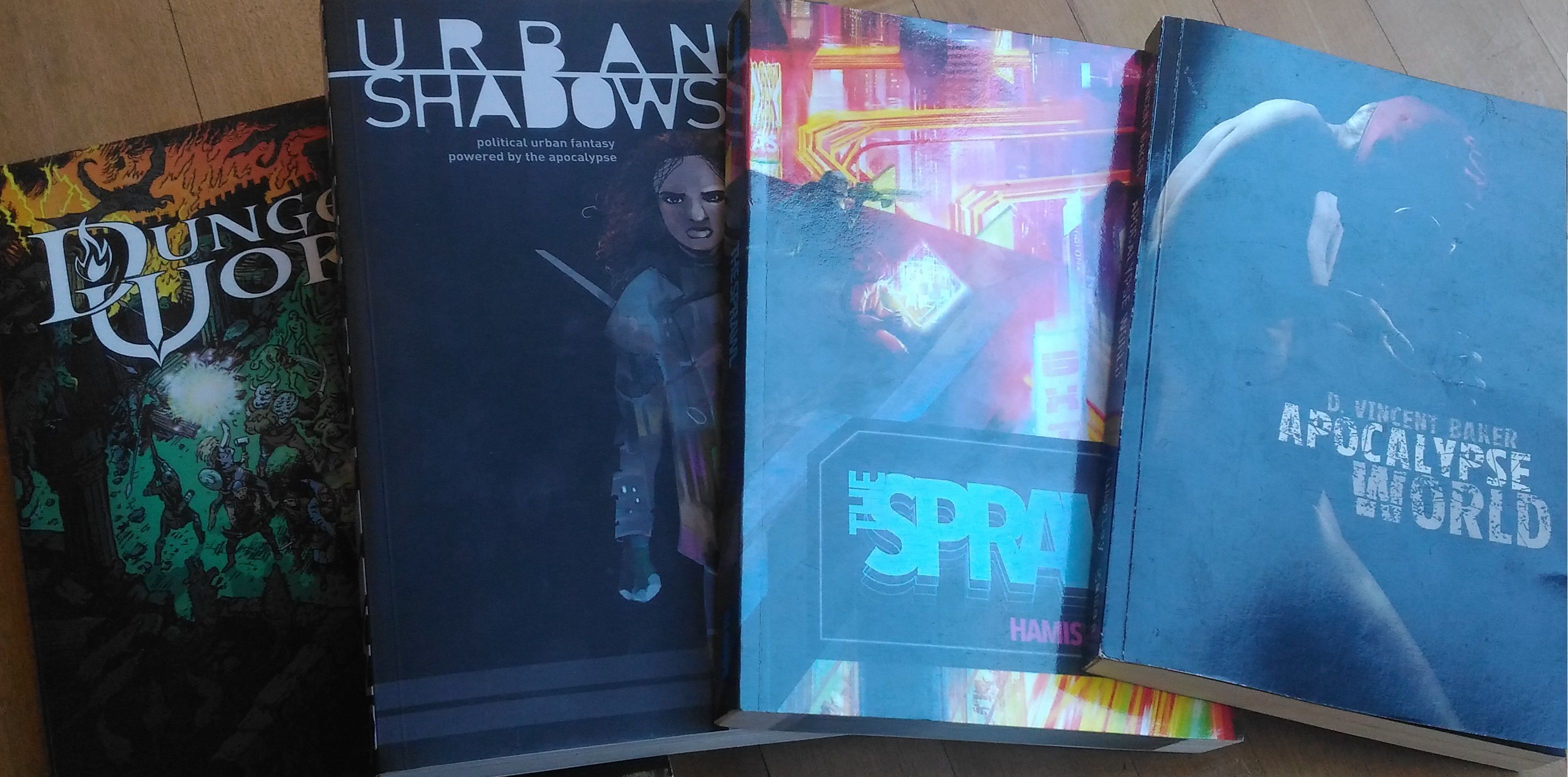Dungeons & Dragons dominates the tabletop RPG scene in popular culture. It's seen a resurgence since the introduction of fifth edition and the popularity of actual play media like Critical Role. But there's more to life than just D&D.
There's a lot of other game systems out there that you might want to give a chance. D&D is really good at its specific themes and kinds of gameplay, but its rules aren't best suited for every kind of experience. Maybe you want something more social, or more investigative, or even just something with fewer dice. Try out some of these games and see if they're a critical hit.
10 Pathfinder
If you're familiar with D&D at all, you've probably at least heard of Pathfinder. It was published by Paizo in 2009 in response to the release of D&D 4th Edition. 4E made a lot of changes to the basic gameplay that many people, familiar with the popular 3 and 3.5 editions, didn't support. Up until the release of D&D 5E, Pathfinder closely competed with D&D sales, sometimes topping it as number one best selling role-playing game.
Pathfinder is intended to be compatible with previously published 3.5 material and was updated and expanded through various supplementary material over the years. In August 2019, Pathfinder Second Edition was released with a refined set of rules and well-organized core reference book.
9 Call Of Cthulhu
This system is used to run games of dark and weird fantasy, based on the works of H. P. Lovecraft. It works pretty differently from D&D in that characters don't gain levels or become harder to kill as the game progresses. Instead, it's skilled based and a character gets better at performing a particular skill when they succeed in the game. This better reflects the tone of the game, which is less about combat and more about investigations into arcane mysteries. If you're a fan of Lovecraftian horror or want to play a regular human facing off against all-powerful dark forces, give this game a spin.
8 Savage Worlds
Savage Worlds is a role-playing system used for a number of published "Savage Settings" such as 50 Fathoms, Deadlands, and Weird War II. Building characters works differently from D&D in that character abilities are determined by the kind of dice assigned to the skill.
They range from d4 (the weakest) to d12 (the strongest). Role-playing is encouraged through the use of Edges, which are useful skills, and Hindrances, which can hurt you but give you more points to buy useful attributes. Savage Worlds is probably best known for its use of playing cards during combat, where the turn order is decided each round by the cards from high to low.
7 Fiasco
Fiasco worked a little differently than most role-playing games. There's no GM. No one's flying the plane in this one. Instead it's designed for 3 to 5 players to create a situation that draws inspiration from the "caper-gone-wrong" film subgenre. An entire story can be played beginning to end in just a few hours, using only d6s and with no preparation. The game is divided into acts where characters set up scenes and later hit the Tilt, or the point where the story takes a turn for the worse. It can be a lot of melodramatic fun and is very easy for new players to pick up.
6 GURPS
GURPS stands for Generic Universal RolePlaying System and it certainly delivers on that. The whole system is designed to allow players and GMs the most freedom over the kind of game they way to run. It can be used in any setting you can conceive of and be used to build all kinds of characters. It has a large number of expansions for extra guidance when creating unusual settings, but with a little imagination you can make the base game work towards whatever your purposes are. The creator of GURPS, Steve Jackson, was actually the creator of the point-buy system of character creation as an alternative to D&D's standard random number generation.
5 Pokéthulhu
Pokéthulhu is a deeply weird game that can also be a lot of fun if you give it a chance. As the name suggests, it's an unholy mash up of Pokémon and Lovecraftian mythos. You and your friends play Cultists who travel around the world trying to capture and tame the unknowable horror-beasts known as thulhus. It's supposedly based on the (fictional) animated television show of the same name, starring young Randy Carter and his loyal Pikathulhu. Part of the fun of playing the game is whipping out obscure "trivia" about the show to use in the game, which is already a silly, chaotic time.
4 Vampire: The Masquerade
If you're looking for something a little dark and a lot bloodier, you might check out Vampire: The Masquerade. It was released in 1991 by White Wolf Publishing as the first of the World of Darkness line. Players take on vampire characters and use them to explore themes of morality, depravity and salvation.
It can be very bleak and horror games as a whole can be a tough sell in the RPG market, but the game includes aspects that also make it a kind of dark superhero setting, since the vampires are so much more powerful than their prey. The game was popular enough to inspire the the video game Vampire: The Masquerade - Bloodlines and a sequel has recently been announced.
3 Dread
Dread is another game designed mostly for one-shot sessions. It has a very unique conflict resolution mechanic; whenever you have to resolve a difficult action you pull a number of blocks from "the tower" (like a Jenga tower). If you knock the tower over, your character is subject to death at the next available opportunity. This means the tension rises steadily throughout the game, right up until someone meets a grisly end. It comes with several prepared adventures, but you can use it for any setting where it's assumed most characters won't survive.
2 Shadowrun
This is another big-name RPG setting and for good reason. While many classic role-playing games take place in a medieval fantasy setting of some kind, Shadowrun instead puts players into a grimy future full of science and magic. Think Blade Runner—the world is overrun with megacorporations all trying to outdo each other, and players take on the role of deckers to commit industrial espionage. The game itself only uses six-sided dice and characters acquire skills rather than choosing a class. Shadowrun has a long history and a lot of lore. It's even inspired a number of video games based on the setting.
1 Powered By The Apocalypse
One of the simplest and most approachable RPG systems is the humble Powered By The Apocalypse. You will only need two six-sided dice to play and will add a few traits specific to the game setting you're using. Anything six and below is a failure, ten and above is a success, and in the middle you have mixed successes where sometimes a sacrifice is needed.
There are a number of incredibly unique and interesting settings to explore and each has a set of classes, or "playbooks" for characters to choose from. One of the most popular settings is Monsterhearts, where players control teenage monsters trying to navigate the dangers of life and love.

